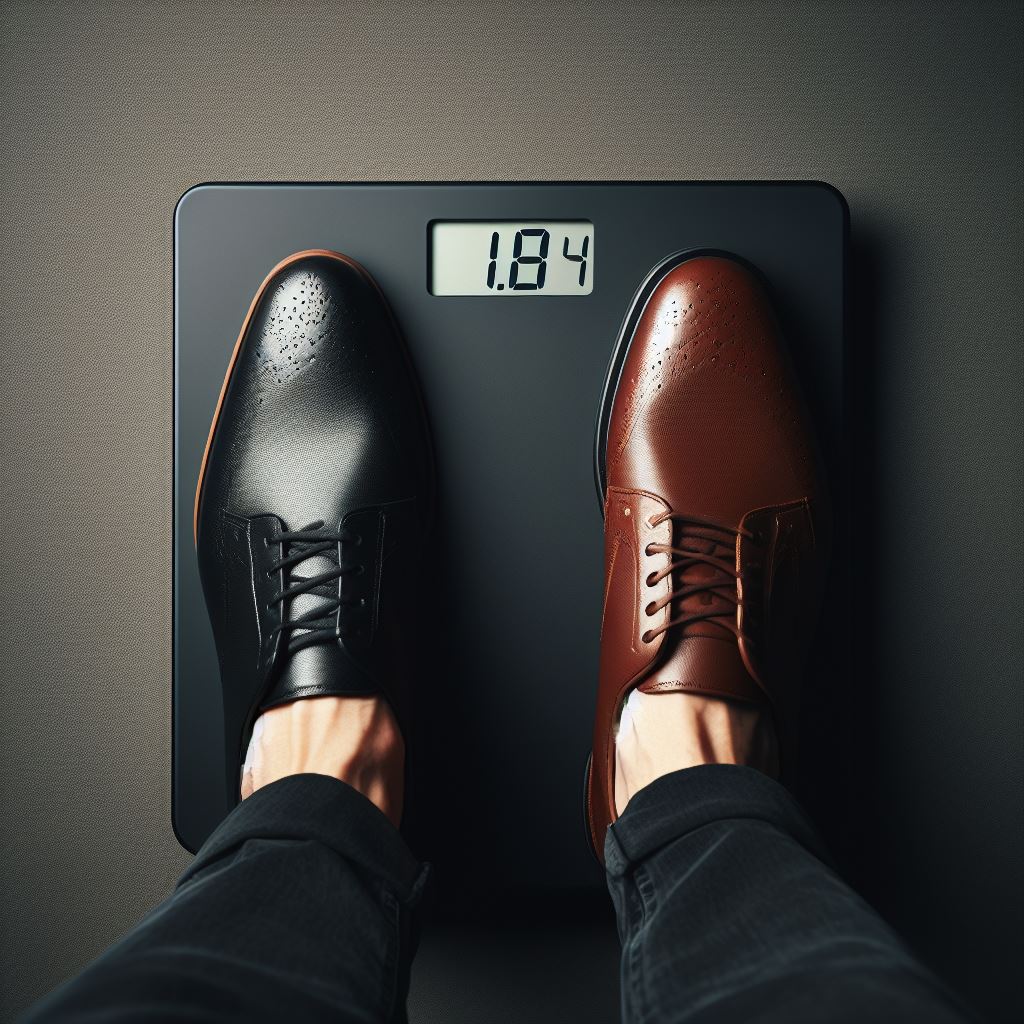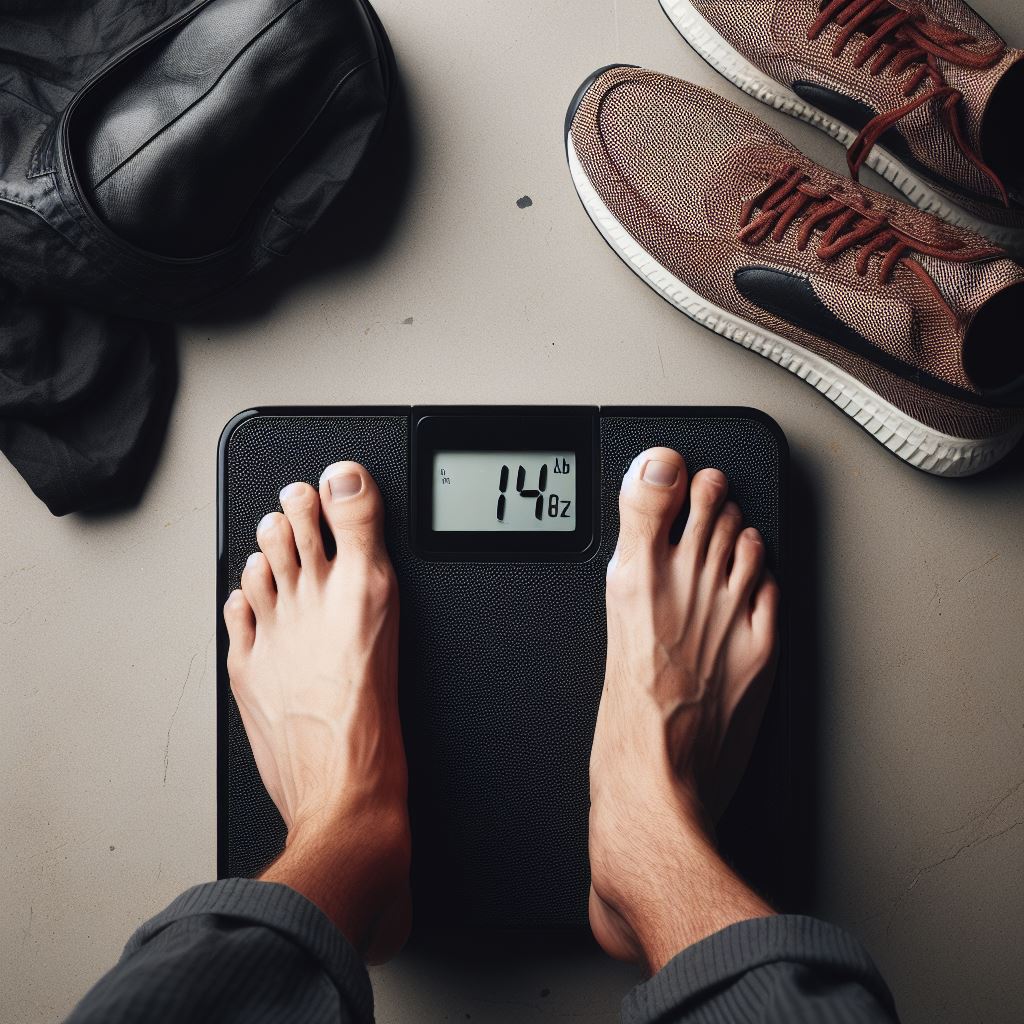
When it comes to determining how much weight do shoes add, there are several factors to consider. The weight of shoes can vary depending on various aspects, including the type, style, and materials used in their construction. To gain a deeper understanding, let’s delve into each of these factors and explore how they contribute to the overall weight of shoes.
Factor effecting on shoes weight
- Type of footwear: Different types of shoes serve different purposes and are designed with specific features, which can affect their weight. For example, athletic shoes, such as running shoes or basketball sneakers, often have extra cushioning, supportive structures, and durable outsoles to provide comfort and protection during physical activities. These additional components can add to the overall weight of the shoes compared to lightweight sneakers or sandals.
- Style and design: The style and design of shoes can also impact their weight. Shoes with intricate designs, embellishments, or decorative elements may have additional materials incorporated into their construction, resulting in added weight. On the other hand, minimalist or streamlined shoe designs may prioritize lightweight materials, reducing the overall weight.
- Materials used: The materials used in the construction of shoes play a crucial role in determining their weight. Common materials include leather, synthetic fabrics, mesh, rubber, and various types of foam. Leather shoes, for instance, tend to be heavier due to the density of the material, while shoes made with lightweight mesh or synthetic fabrics can be significantly lighter. Additionally, the choice of sole material, such as rubber or foam, can also contribute to the overall weight.
- Purpose and features: The intended purpose of the shoes and the specific features they offer can influence their weight. Boots and work shoes, designed for durability and protection in demanding environments, often incorporate heavier construction materials and additional components like steel toes, shanks, or ankle support structures. These features can significantly increase the weight of the shoes compared to casual or dress shoes.
How to find Shoes weight on a scale
Step onto the scale: The first step in determining how much weight do shoes add is to step onto a scale. This will provide you with the initial weight measurement, including the weight of both your body and your shoes. Make sure to stand still and distribute your weight evenly on the scale to get an accurate reading.
Write down the weight registered on the scale: Once you’re standing on the scale, take note of the weight displayed. This measurement will include the combined weight of your body and your shoes.
Step off of the scale: After recording the weight, step off the scale to prepare for the next step.
Take your shoes off: In order to measure the weight of just your shoes, remove them. Make sure to take off both shoes to get an accurate measurement of the total shoe weight.
Step back on the scale: With your shoes removed, step back onto the scale. This time, your weight measurement will only include your body weight without the additional weight of the shoes.
Write down the new weight: Once the scale registers your weight without the shoes, make a note of this measurement. This will give you the weight of your body without the shoes.
Step off the scale: After recording the second weight, step off the scale to complete the process.
Subtract the second reading from the first: The final step is to subtract the weight measurement without the shoes from the initial weight measurement that included both your body and the shoes. This calculation will give you the weight added by your shoes.
By following these steps, you can accurately determine how much weight your shoes add. It’s important to note that the weight added by shoes can vary depending on factors such as shoe type, style, and materials used in their construction. Athletic shoes with additional cushioning or boots with heavier construction materials may add more weight compared to lightweight sneakers or sandals.
Weight of different types of Shoes
- Running Shoes: Running shoes typically weigh between 6.5 and 13 ounces. To qualify as “lightweight,” the shoes should clock in at less than 8 ounces. Meanwhile, “heavy” shoes generally weigh more than 10.5 ounces. The weight of a running shoe is influenced by all the shoe components, but most notably the midsole. In fact, the midsole accounts for up to 75 percent of the weight of a typical running shoe.
- Casual Sneakers: Casual sneakers, also known as athletic shoes, have a rubber sole and canvas upper and are designed to be worn while doing physical activity.There are different types of athletic shoes for various functions. For example, running shoes have additional sole support to protect the feet against ground impact, and tennis shoes are specifically designed to be flexible for tennis players.
- Dress Shoes: Dress shoes are often lighter than athletic shoes. A pair of men’s dress shoes might weigh around 1 to 1.5 pounds (0.45 to 0.68 kilograms), while women’s dress shoes could be even lighter.
- Boots: Boots are generally heavier due to their construction and additional materials. Depending on the style and purpose of the boots, their weight can range from lightweight boots that are good for well-maintained trails or short hikes, to midweight boots that are better for hiking on rocky terrain or uneven surfaces, and heavyweight boots that are for people carrying backpacks over 35 pounds and walking on ice, snow, or rocks.
High Heels: Women’s high heels can vary in weight, but they are typically lighter than athletic shoes. A pair of high heels might weigh around 0.5 to 1 pound (0.23 to 0.45 kilograms)
| Type of shoes | Average weight (in pounds) |
| Running shoes | 1.1 |
| Casual sneakers | 1.65 |
| Dress shoes | 1.25 |
| Hiking boots | 3.75 |
| Work boots | 4.5 |
| Sandals | 0.77 |
How much does a pair of shoes weigh kg?
The weight of a pair of shoes can vary depending on the size, style, and material of the shoes. On average, a pair of shoes can weigh between 0.5 kg (1.1 pounds) and 1 kg (2.2 pounds) for men, and between 0.4 kg (0.8 pounds) and 0.9 kg (1.9 pounds) for women.
How much do clothes weigh in kg?
The weight of clothes can also vary depending on the type, size, and material of the clothes. On average, a piece of clothing can weigh between 0.15 kg (0.33 pounds) and 0.5 kg (1.1 pounds) for women, and between 0.25 kg (0.55 pounds) and 0.9 kg (1.98 pounds) for men. A coat or a dressing gown can weigh more than 1 kg (2.2 pounds).
Weight of shoes in lbs?
To convert the weight of shoes from kilograms to pounds, you can multiply the weight in kilograms by 2.205. For example, a pair of shoes that weighs 0.5 kg is equivalent to 1.1025 lbs.
How much does a pair of shoes weigh with box?
The weight of a pair of shoes with box can depend on the size and shape of the box, as well as the packaging materials used. On average, a pair of shoes with box can weigh between 1 kg (2.2 pounds) and 2 kg (4.4 pounds).
How much do shoes add to height?
Shoes can add between 0.1 inches to over 5 inches to your height, depending on the type and style of the shoes. Sneakers with thinner soles can add about 0.5 inches, while sneakers with thicker soles can add up to 2 inches of height. Boots with thick soles can add up to 2 inches of height. Some sneakers, like the Converse Run Star Hike, add about 2 inches of height. High heel dress shoes can add over 5 inches of height.
Conclusion
By considering these factors and following the steps mentioned earlier, you can gain a better understanding of how much weight your shoes add and make informed decisions when selecting footwear for various activities. Remember, it’s not just about the weight, but also about finding the right balance between comfort, functionality, and style.












